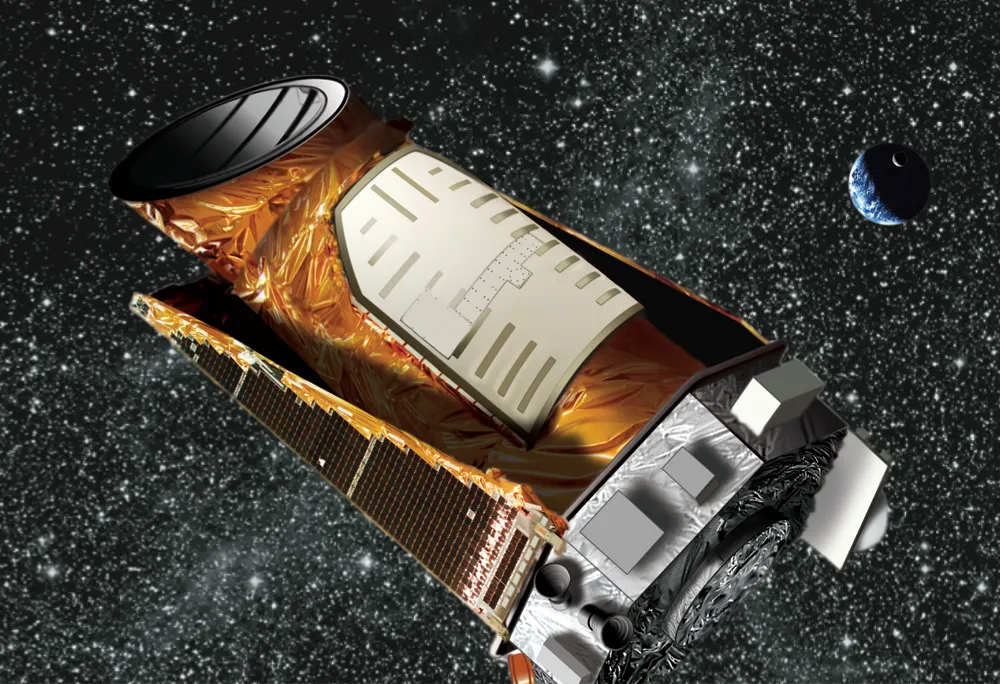NASA’s Kepler space observatory has already hung on for longer than seemed possible with its sci-fi movie-style workaround for its K2 mission, but all of that seemed lost last week when the spacecraft was discovered in emergency mode. At 75 million miles from home, figuring out what went wrong and saving it was tense business, but things are now looking up.
The spacecraft spends its time peering out into the galaxy to look for exoplanets in the habitable zones of the stars they orbit. It launched back in 2009, and since then, two of its reaction wheels—used for aiming the observatory and its field of view—have failed, leaving it unable to maintain the constant, long-term line of sight it needs to observe distant stars for the telltale signs of passing planets. For the K2 mission, Kepler uses pressure from the photons in sunlight to maintain its balance, which could extend its useful life about another two years from now.
However, when trying to make contact with the observatory last week ahead of a new phase of this mission, NASA discovered that it had unexpectedly entered an emergency low-power mode. Eventually, after declaring a spacecraft emergency to focus efforts on contacting Kepler, communication was reestablished, and data from the spacecraft has been communicated to the ground. While it’s now out of emergency mode, it’s still orbiting (around the Sun in a tag-along orbit following the Earth) in a resting state while the data is analyzed and it’s determined whether Kepler is in good enough shape to resume full science mode (NASA’s words, not mine) for the next part of its mission. A statement from Kepler and K2 mission manager Charlie Sobeck read,
It was the quick response and determination of the engineers throughout the weekend that led to the recovery. We are deeply appreciative of their efforts, and for the outpouring of support from the mission’s fans and followers from around the world. We also recognize the tremendous support from NASA’s Deep Space Network, managed by the Jet Propulsion Laboratory in Pasadena, California, and to NASA’s other missions that surrendered their scheduled telemetry links in order to provide us with the resources needed to protect the Kepler spacecraft.
If Kepler returns to full health, it’ll slightly change tactics for identifying exoplanets. Usually, planets are detected when they pass in between our observation point and their host star, causing a predictable dimming of that star. In the next part of K2, Kepler will instead use gravitational microlensing, which actually sees a star’s light magnified by the gravity of a nearby planet. That would cause brightness to increase as opposed to decrease and may help us detect exoplanets that are too dark and far away to discover using any other technique. That way, we can keep up the near constant stream of “Most Earth-like Exoplanet Yet Found!” headlines.
(via The Guardian, image via NASA/JPL-Caltech/Wendy Stenzel)
—The Mary Sue has a strict comment policy that forbids, but is not limited to, personal insults toward anyone, hate speech, and trolling.—
Follow The Mary Sue on Twitter, Facebook, Tumblr, Pinterest, & Google+.








